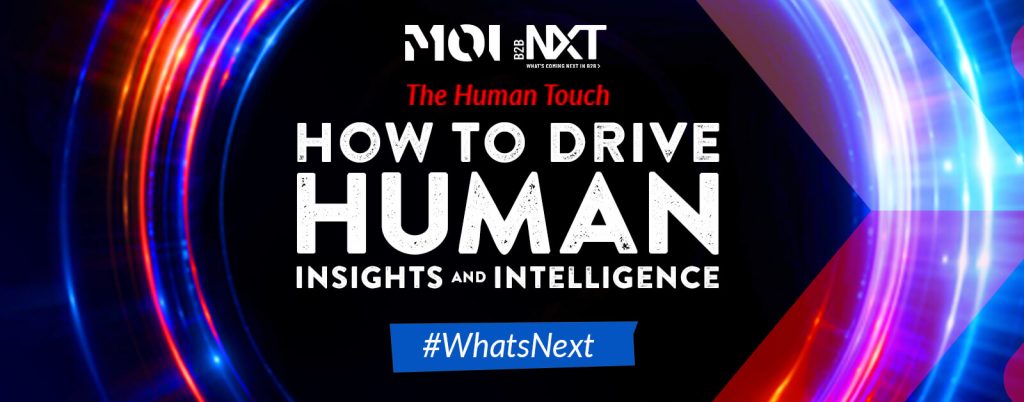2 min read

What would you say if I told you there was one, simple equation for converting customers?
“Give the wine a rest, Caroline” presumably. But hear me out, because this is going to get interesting.
Are you ready?
Net Value = reward – pain
Okay, that was a bit anticlimactic. But trust me, this little calculation is key to understanding not only why your customers buy, but also how to shift your proposition to maximise its perceived value.
Sound good? Let me explain.
The equation was set down by Phil Barden, author of the seminal Decoded: The Science Behind Why We Buy Things and speaker at our next Marketing Leaders’ Dinner, B2BNXT: Driving Human Insights & Intelligence which takes place in London on 12th March. In his book, Barden explains how, when a customer is faced with a buying decision, their mind performs an imperceptibly fast calculation.
Firstly, they look at the benefits (or ‘reward’) of a product/service, then they subtract its negatives (or ‘pain’). They then arrive at a net value, from which they can judge if it’s worth proceeding with the purchase.
So far, this is a fairly standard cost/benefit analysis, right? Well, this is where understanding your customers really comes in useful.
Decoding the Unconscious
The key stat to remember is this: 80% of buying decisions are made completely unconsciously.
Essentially, our brains save processing power by switching to autopilot. The world is too complex to think deeply about every decision, so it takes shortcuts, making judgements based on shallow associations and perceived scales of complexity and relevance.
In short, the net value calculation isn’t based on any rational thought process. In a single second, a prospect can look at the design of a trade magazine ad, the copy on a landing page, the opening of an InMail, and dismiss it literally without a thought.
The exciting thing for marketers is that, through intelligent, data-backed insights, these unconscious decisions can be rewired to work in your favour.
Let’s look at an example.
Take this ad for Betty Crocker. Which one do you think had the highest purchase intent?
Related content









